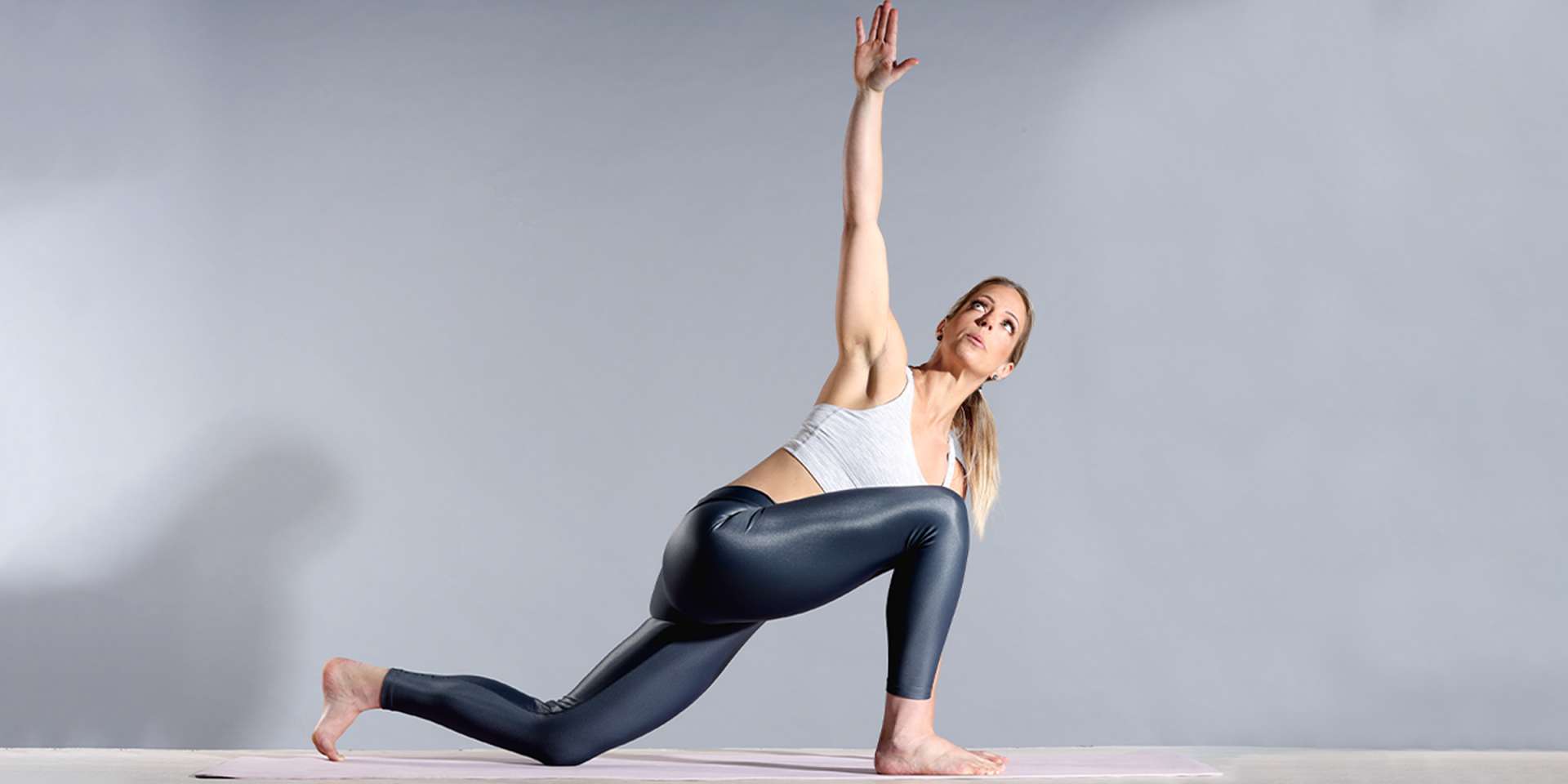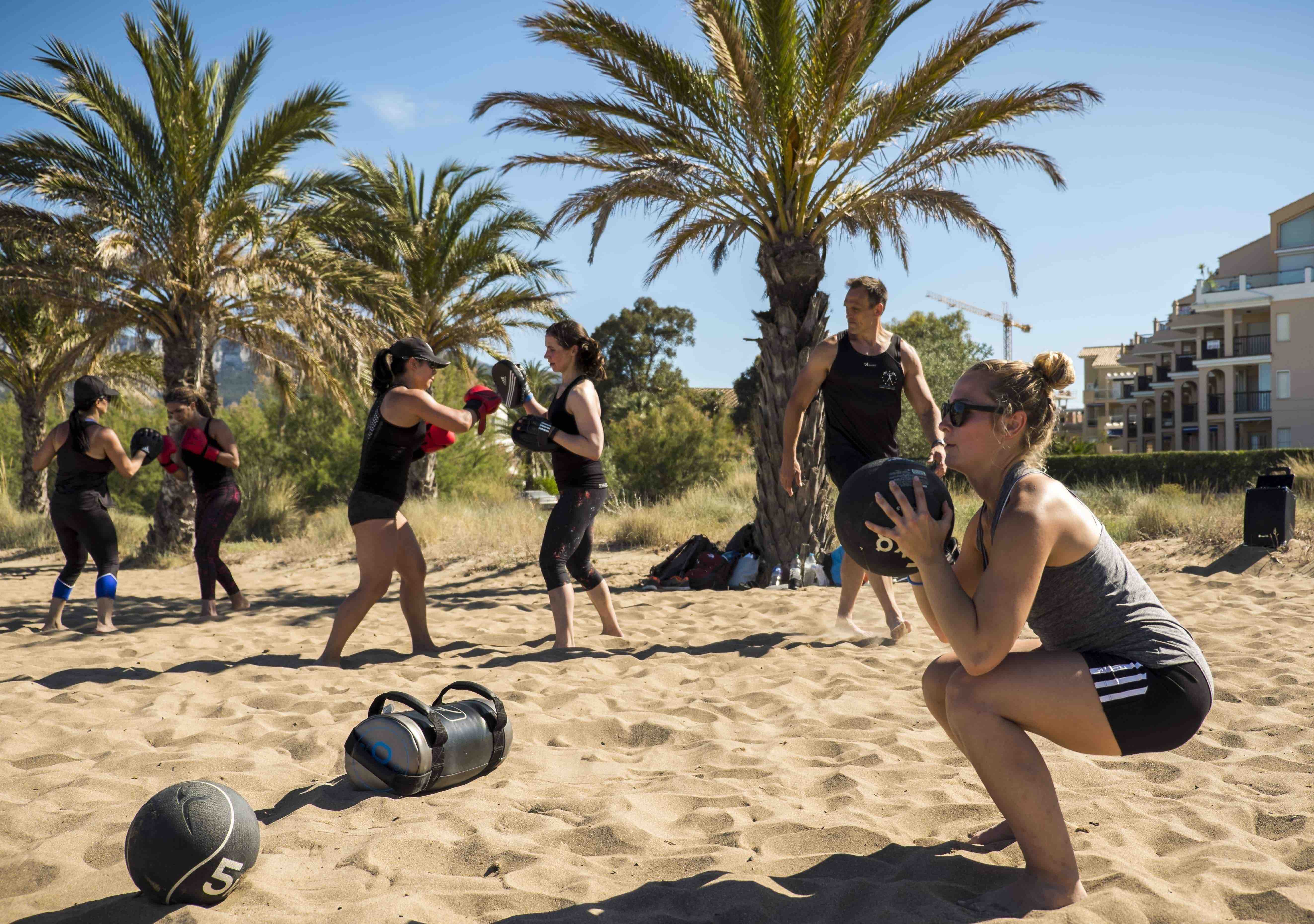
In today's digital age, having a strong online presence is crucial for any business, especially those in the fitness industry. With the increasing popularity of online fitness programs, social media fitness influencers, and fitness-related e-commerce stores, it's more important than ever for fitness businesses to have a strong online presence to stand out from the competition.
One key aspect of building a strong online presence is having a great domain name for your website.
A domain name is the web address that people type in to visit your website. It’s like the physical address of a brick and mortar store. Choosing the right domain name for your fitness website is crucial, as it can impact your website’s search engine ranking, user experience, and brand identity.
A memorable and relevant domain name can make a lasting impression on potential customers and can set you apart from the competition.
So, how can you buy the perfect domain name for your fitness website? Here are some easy steps to follow:
Decide on Your Brand Name: Before you can choose a domain name, you need to decide on your brand name. Think about what makes your fitness business unique, and try to incorporate those elements into your domain name, so that it stands out from your competitors. Once you have your brand name, you can start thinking about domain names that are available and that match your brand.
Keep it simple and memorable: Shorter domain names are often easier to remember and type in, so try to keep your domain name as concise as possible so potential customers can easily find your website again. Aim for a maximum of two or three words and avoid using complex words, numbers, and hyphens, which can make it harder for people to remember and type in the web address. Stick to simple, easy-to-spell words and phrases that are relevant to your fitness business.
Choose the right domain extension: TLDs or Top-Level Domains are the extensions added to the end of a domain name, such as .com, .org, .net, .edu, etc. While .com is the most popular and widely recognised extension, it's not always available for the domain name you want.
If your desired domain name is already taken with a .com TLD, you can consider using a different TLD such as .co, .io, or .fitness. However, keep in mind that certain TLDs may not be recognised in some countries or industries, so do your research before choosing a TLD.
Choose an extension that reflects your fitness business and is easy to remember. If you’re based in the UK, you could use the .co.uk extension, for Malta consider the com.mt extension.

Include keywords: SEO, or search engine optimization, is the process of optimising your website to rank higher in search engine results. When choosing a domain name, it's important to consider SEO. Including relevant keywords in your domain name can improve your website’s search engine ranking. For example, if you specialise in bootcamp classes, you could include the word “bootcamp” in your domain name.
Avoid trademark issues: Before finalising your domain name, do some research to ensure that it's not already being used by another fitness business or website. You can use online tools like Namechk to check the availability of your desired domain name across different social media platforms and domain extensions.
Check for availability and register your domain: Once you have a list of potential domain names, check to see if they're available. There are several domain registrars that you can use to check the availability of your desired domain name. Some of the popular ones include GoDaddy, Namecheap, and Bluehost.
Simply go to any of these domain registrars and enter your desired domain name in the search bar. The registrar will let you know whether the domain name is available or not. If it's available, you can proceed to purchase it.
If your preferred domain name is not available, try adding a word or phrase to the end or beginning of the name.
When buying a domain name, keep in mind that you'll need to pay an annual fee to keep it registered. The cost of domain names varies depending on the registrar and the TLD you choose. Generally, .com domains are more expensive than other TLDs.
It's also important to note that some domain registrars may offer discounts for the first year of registration. Take advantage of these discounts if you can, but keep in mind the annual renewal fees when budgeting for your website.
Link Your Domain Name to Your Website: After buying your domain name, the final step is to link it to your fitness website. This involves changing your domain name server (DNS) settings.
The process of linking your domain name to your website will depend on the hosting provider you choose. Most hosting providers will have step-by-step instructions on how to change your DNS settings.
In general, you'll need to log in to your domain registrar account and locate the DNS settings. You'll then need to replace the existing DNS settings with the ones provided by your hosting provider. This process may take anywhere from a few hours to a couple of days to complete, so be patient.
Conclusion:
Having a strong online presence is essential for the success of any fitness business, and choosing the right domain name is a key part of that.
However, it's important not to overthink it and spend too much time on it. Your domain name is just one aspect of your website, and ultimately, it's the content and value you provide that will attract and retain visitors.
By following these tips, you can choose a domain name that not only reflects your brand identity, but also helps you rank higher on search engines and stand out from your competitors.










